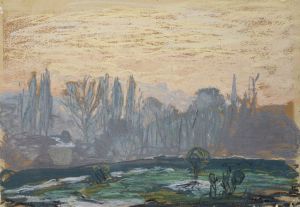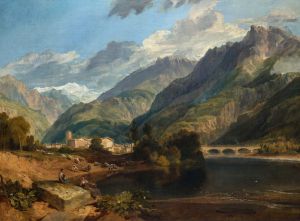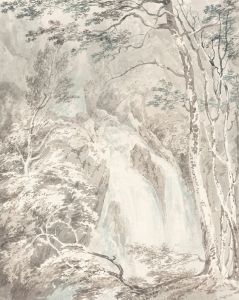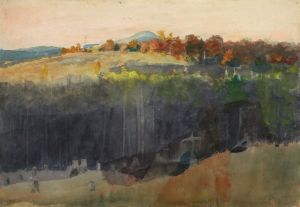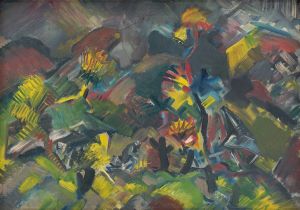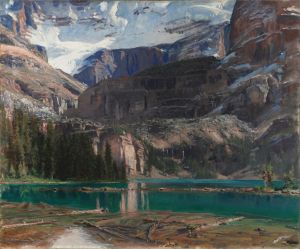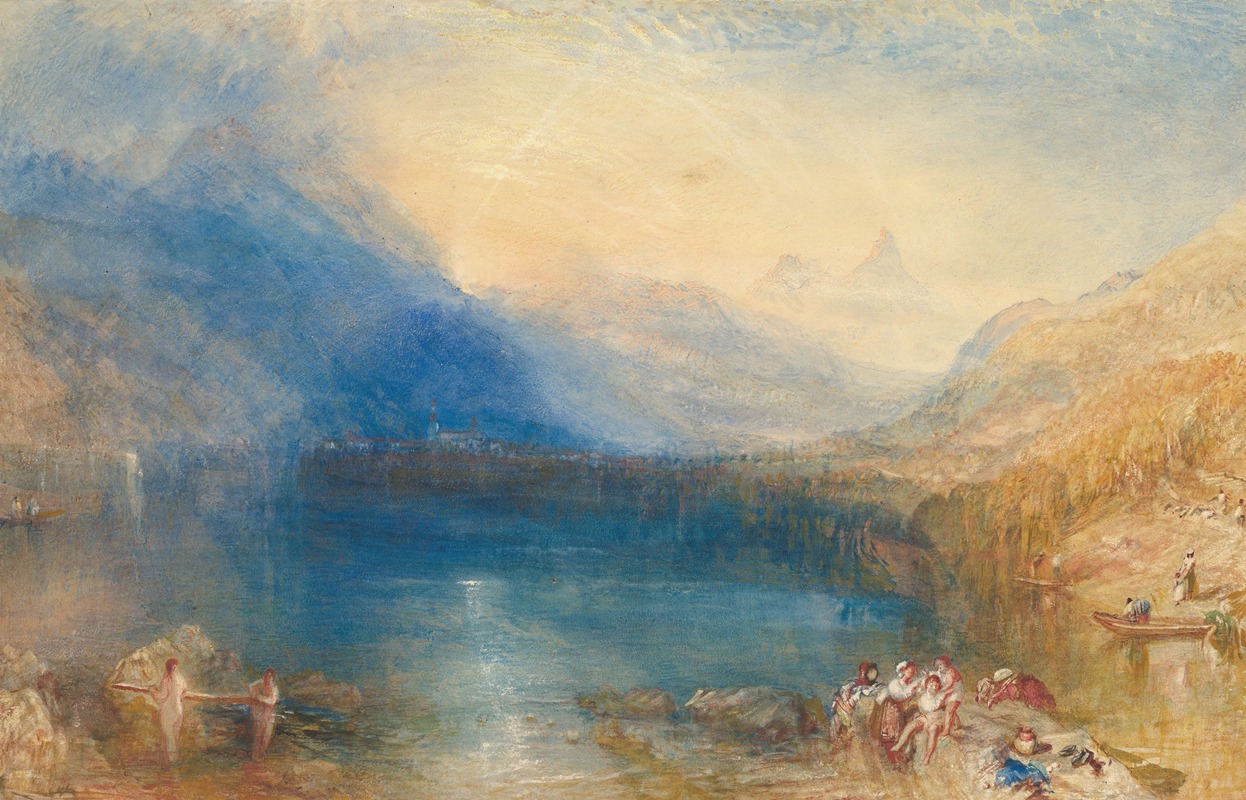
The Lake of Zug
A hand-painted replica of Joseph Mallord William Turner’s masterpiece The Lake of Zug, meticulously crafted by professional artists to capture the true essence of the original. Each piece is created with museum-quality canvas and rare mineral pigments, carefully painted by experienced artists with delicate brushstrokes and rich, layered colors to perfectly recreate the texture of the original artwork. Unlike machine-printed reproductions, this hand-painted version brings the painting to life, infused with the artist’s emotions and skill in every stroke. Whether for personal collection or home decoration, it instantly elevates the artistic atmosphere of any space.
Joseph Mallord William Turner, an eminent British artist known for his expressive colorization, imaginative landscapes, and turbulent marine paintings, created "The Lake of Zug" in 1843. This artwork is a part of Turner's extensive exploration of European landscapes, which he often captured during his travels. Turner, who was deeply inspired by the natural beauty of the continent, frequently visited Switzerland, where Lake Zug is located.
"The Lake of Zug" is a watercolor painting, a medium Turner mastered and used to convey the ethereal qualities of light and atmosphere. This piece exemplifies Turner's ability to blend reality with the sublime, a hallmark of his later works. The painting captures the serene beauty of Lake Zug, situated in central Switzerland, surrounded by the majestic Swiss Alps. Turner's depiction is not just a topographical representation but an interpretation that emphasizes the interplay of light and color, which was revolutionary at the time.
In "The Lake of Zug," Turner employs a delicate palette, using soft blues, purples, and pinks to evoke the tranquil yet dynamic atmosphere of the lake and its surroundings. The composition is characterized by its fluid brushwork and the subtle gradation of colors, which create a sense of depth and movement. The sky, a significant element in Turner's landscapes, is rendered with sweeping strokes that suggest the changing weather and time of day, possibly capturing a moment at dawn or dusk.
Turner's fascination with the effects of light and weather is evident in this painting. He was known for his ability to convey the transient nature of these elements, and "The Lake of Zug" is a testament to his skill in capturing the ephemeral beauty of the natural world. The painting reflects Turner's interest in the Romantic movement, which emphasized emotion and individualism, as well as a deep appreciation for the sublime aspects of nature.
This work is part of a series of Swiss landscapes Turner created, which were later used as illustrations for the book "Turner's Liber Studiorum," a collection of prints intended to demonstrate the range of landscape art. Although "The Lake of Zug" was not included in the original series, it shares the same spirit and technical mastery.
Turner's innovative approach to landscape painting had a profound influence on the art world, paving the way for future movements such as Impressionism. His ability to capture the essence of a scene rather than its precise details marked a departure from traditional landscape painting and contributed to his lasting legacy as one of the greatest artists of his time.
Today, "The Lake of Zug" is appreciated not only for its aesthetic qualities but also for its historical significance in the evolution of landscape art. Turner's work continues to be studied and admired for its pioneering techniques and its ability to evoke the emotional power of nature.





